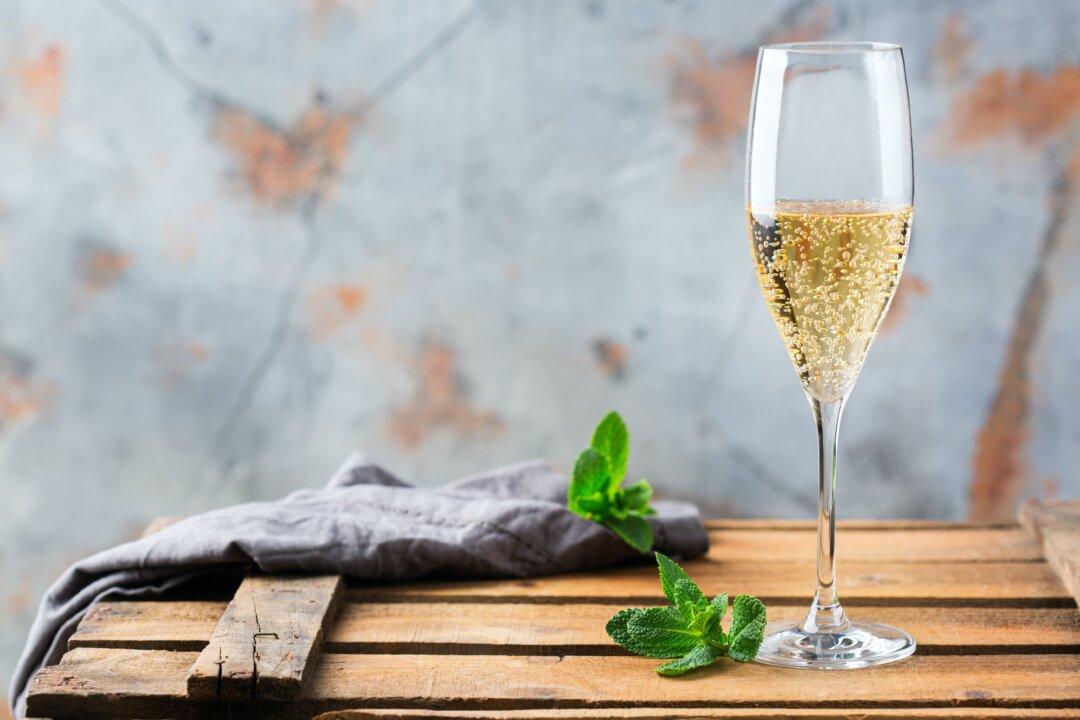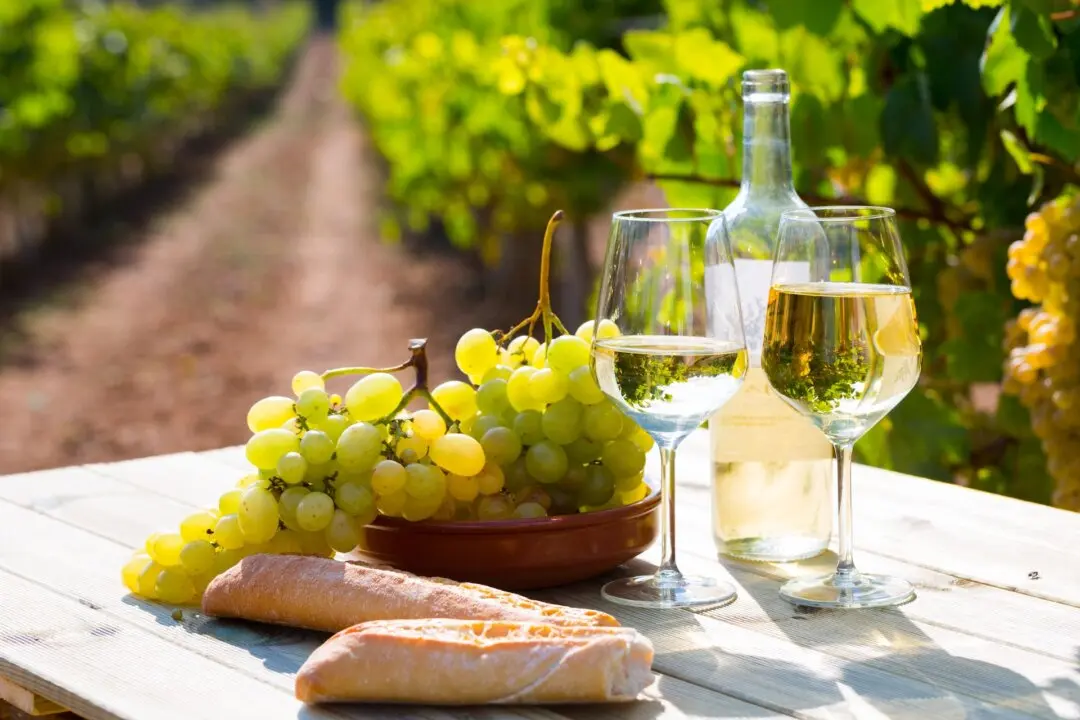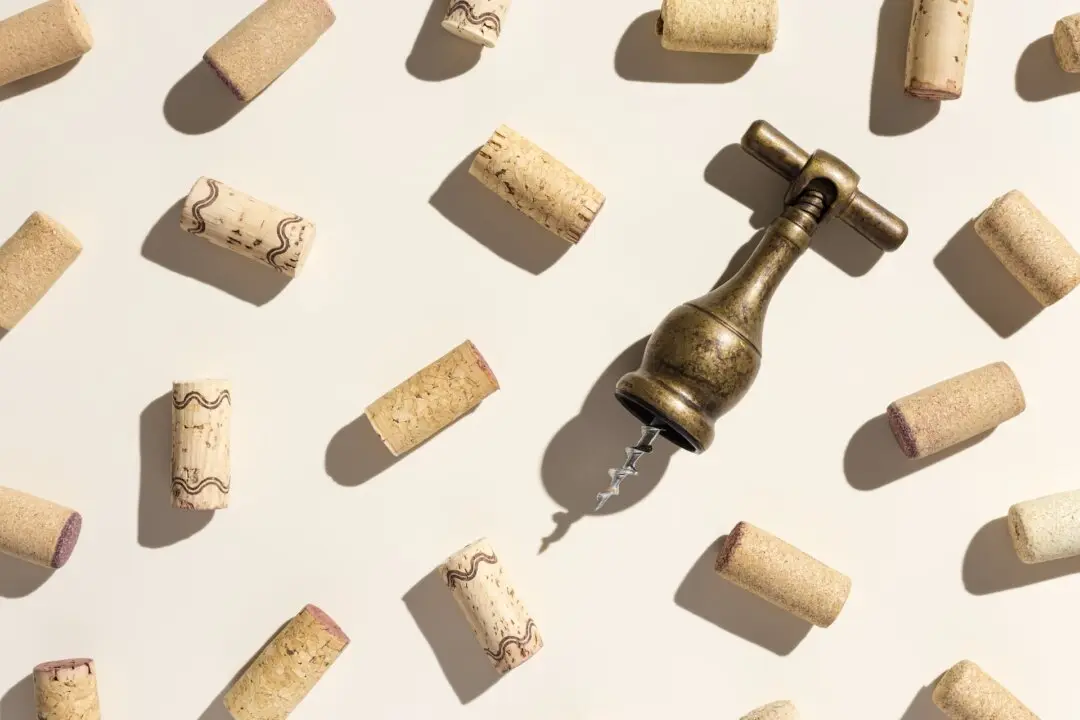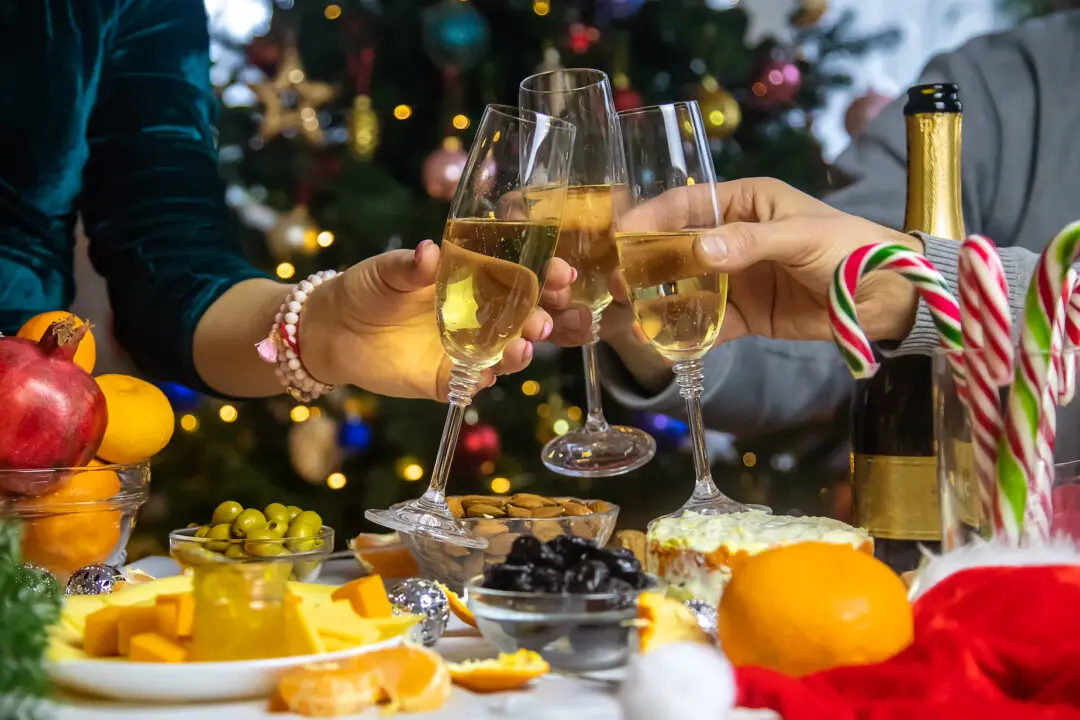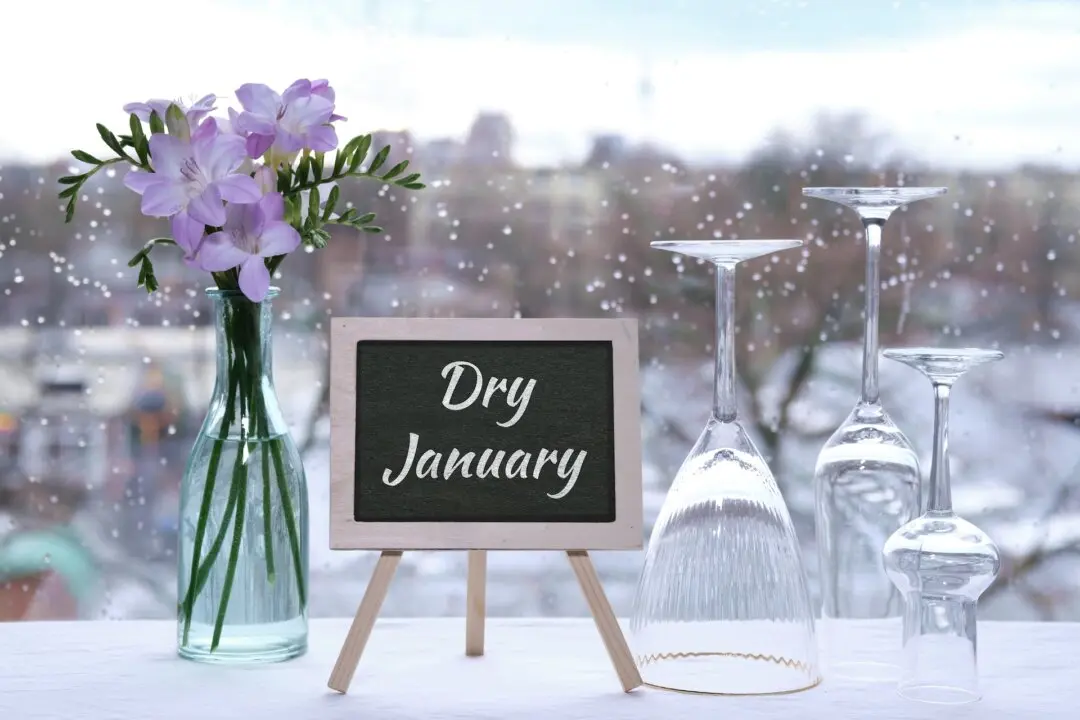Just because it has bubbles is no reason to call it Champagne. Yet that’s what some writers suggest is the beverage to consider for the upcoming holidays.
Indeed, using the term “champagne” with a lowercase c will incur the wrath of some French citizens who consider that the word itself must be capitalized and never used generically. It refers, they say, to the district of that name, and to the classic bubbly that has for hundreds of years been an unmitigated triumph.

